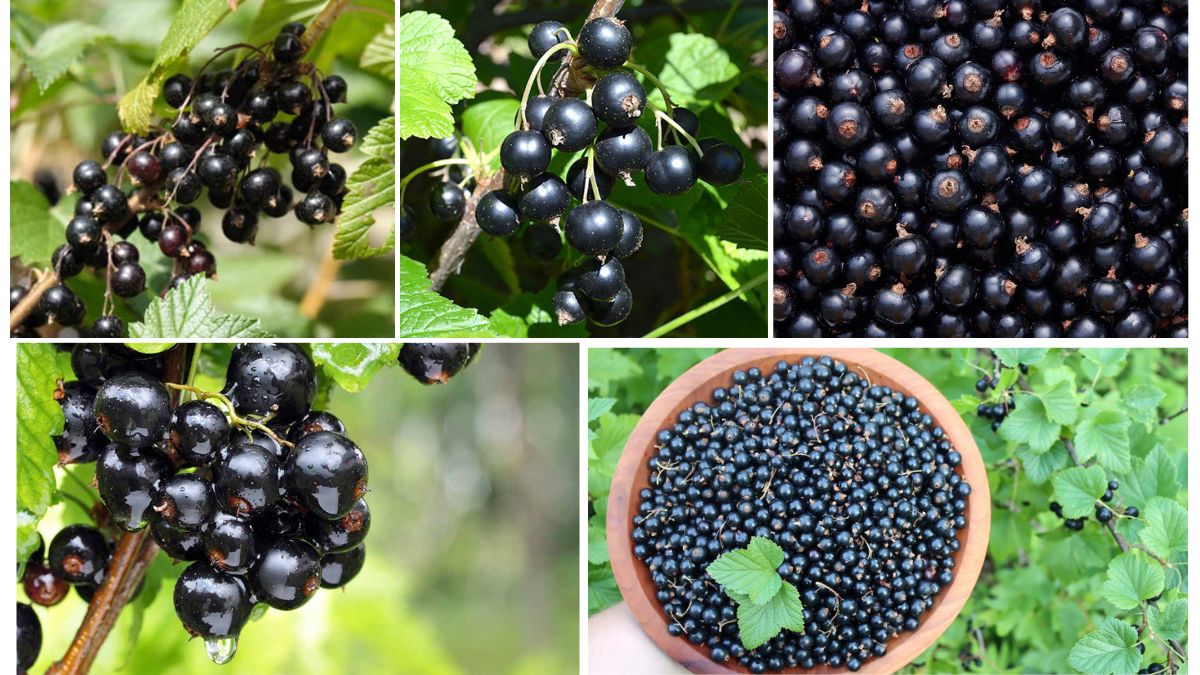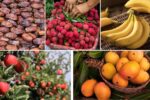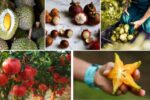Small in size but big in benefits, blackcurrants (Ribes nigrum) have steadily grown in global popularity due to their exceptional nutritional profile, high vitamin C content, and use in juices, jams, medicines, and cosmetics. These glossy, deep-purple berries are widely cultivated in cool temperate climates and have long been prized across Europe and parts of Asia.
But which countries are leading the world in blackcurrant farming by yield, and how are they achieving top productivity in this niche crop? In this comprehensive guide, we’ll explore the global trends, top-performing nations, modern farming techniques, and what makes blackcurrant production both challenging and rewarding.
Blackcurrant: A Brief Global Overview
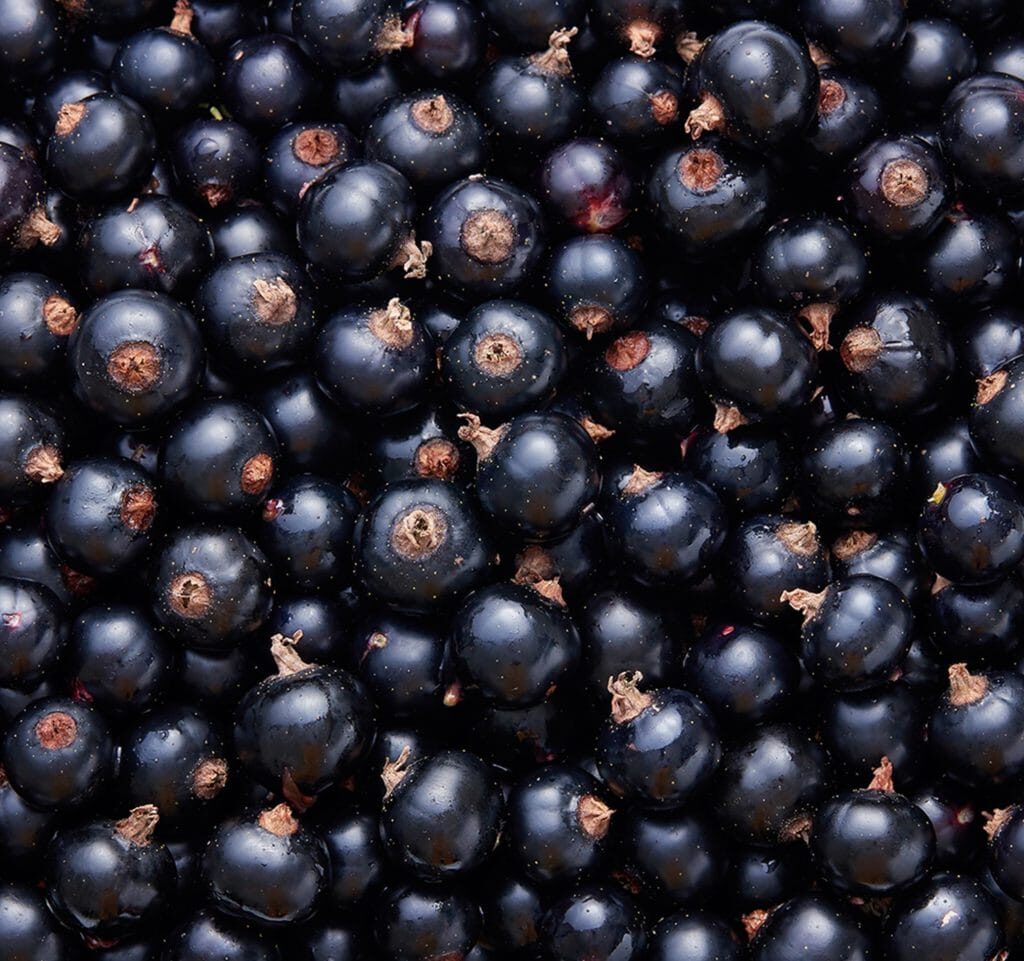
Blackcurrants are native to central and northern Europe and northern Asia, and they thrive in regions with cold winters and mild summers. These berries are rich in antioxidants, anthocyanins, and vitamin C, making them valuable not only in culinary uses but also in nutraceutical and cosmetic industries.
According to recent FAO data, global blackcurrant production exceeds 700,000 metric tons annually, with Europe accounting for nearly 95% of total cultivation.
Top Blackcurrant Producing Nations by Yield
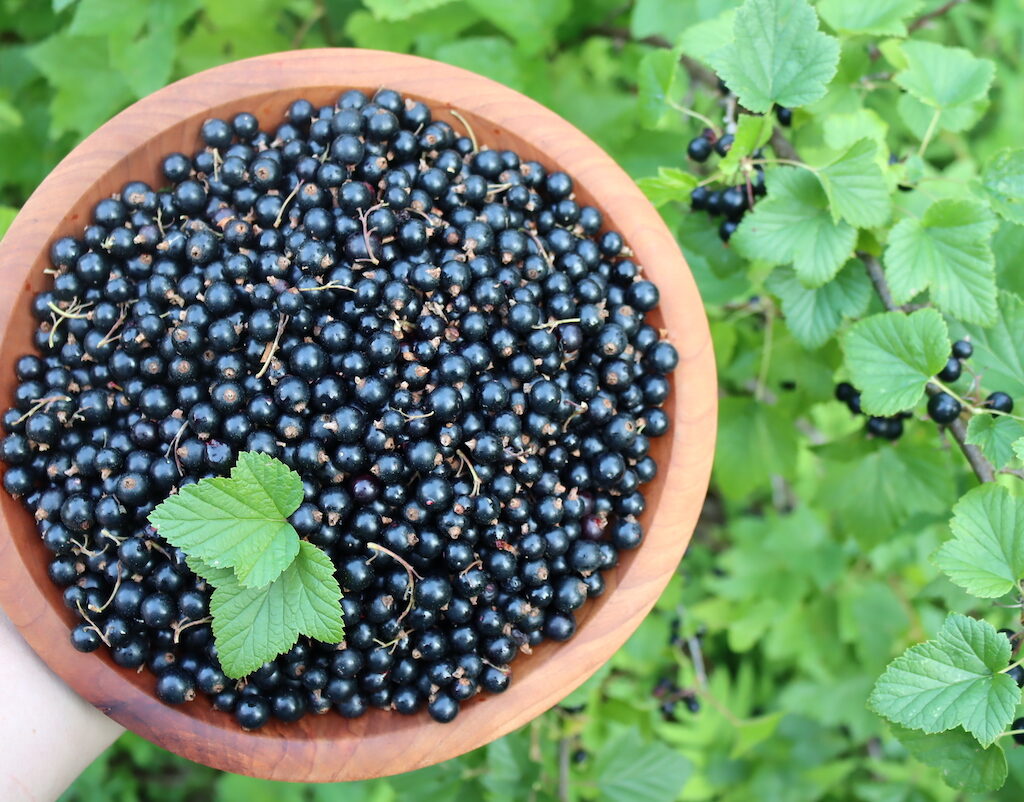
Yield is measured by productivity per hectare (tonnes/hectare), and reflects the efficiency and quality of farming techniques—not just total output. Here are the top nations leading the world in blackcurrant yield.
1. Poland – The Global Powerhouse
- Average Yield: 8–10 tonnes per hectare
- Total Production: Approx. 190,000–200,000 metric tons annually
- Key Regions: Lublin, Mazovia, Świętokrzyskie
Why Poland leads:
- Poland is the largest blackcurrant producer in the world, with nearly 40–45% of global output.
- It benefits from fertile soils, experienced farmers, and cooperative farming models.
- Farmers frequently adopt mechanized harvesting and modern pruning techniques.
- Most of the crop is used for juice and concentrate exports to the EU and UK.
Poland’s blackcurrants are globally recognized for their rich flavor and high anthocyanin content, essential for juices and health supplements.
2. United Kingdom – High Yield, Strong Industry
- Average Yield: 9–11 tonnes per hectare
- Total Production: Approx. 12,000–14,000 metric tons annually
- Key Regions: Herefordshire, Kent, Norfolk, Scotland
Though not the largest in total production, the UK leads in yield efficiency and premium cultivation. The blackcurrant industry in the UK is:
- Highly modernized and research-driven, with strong collaboration between farmers and processors.
- Tied closely with major brands like Ribena, which sources almost all its fruit from UK growers.
- Focused on sustainable practices, including biodiversity, reduced chemical use, and water-efficient farming.
The British Blackcurrant Growers’ Association ensures strict quality standards and is pioneering organic and climate-resilient varieties.
3. Germany – Efficient and Expanding
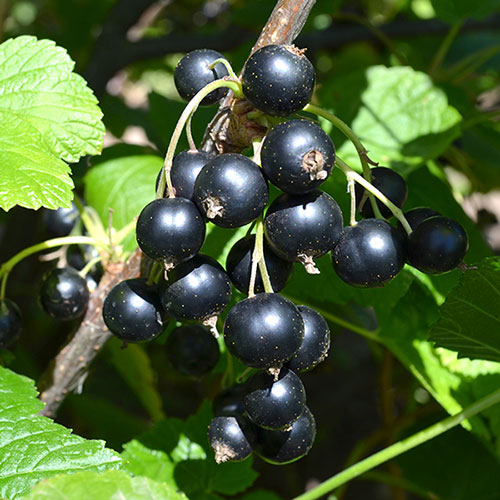
- Average Yield: 7–9 tonnes per hectare
- Total Production: Approx. 10,000–12,000 metric tons annually
- Key Regions: Bavaria, Lower Saxony, Saxony-Anhalt
Germany is a key European producer with excellent yield due to:
- Scientific farming practices, including pest management and irrigation systems.
- Strong domestic demand for syrups, preserves, and liqueurs (e.g., crème de cassis).
- A push toward organic cultivation, especially in smaller, specialized farms.
Germany also invests in blackcurrant breeding programs to improve disease resistance and extend harvest windows.
4. France – Home of Premium Varietals
- Average Yield: 7–8 tonnes per hectare
- Total Production: Approx. 7,000–9,000 metric tons
- Key Regions: Burgundy, Rhône-Alpes, Loire Valley
France may not have the highest yield globally, but it excels in quality and varietal innovation:
- The country produces blackcurrants for both fresh markets and premium liqueurs like Crème de Cassis.
- The French Blackcurrant sector focuses heavily on terroir, branding, and Appellation d’Origine Contrôlée (AOC) standards.
- Small, high-quality farms are often interlinked with local gastronomy and tourism.
5. Russia – Large Land, Moderate Yield
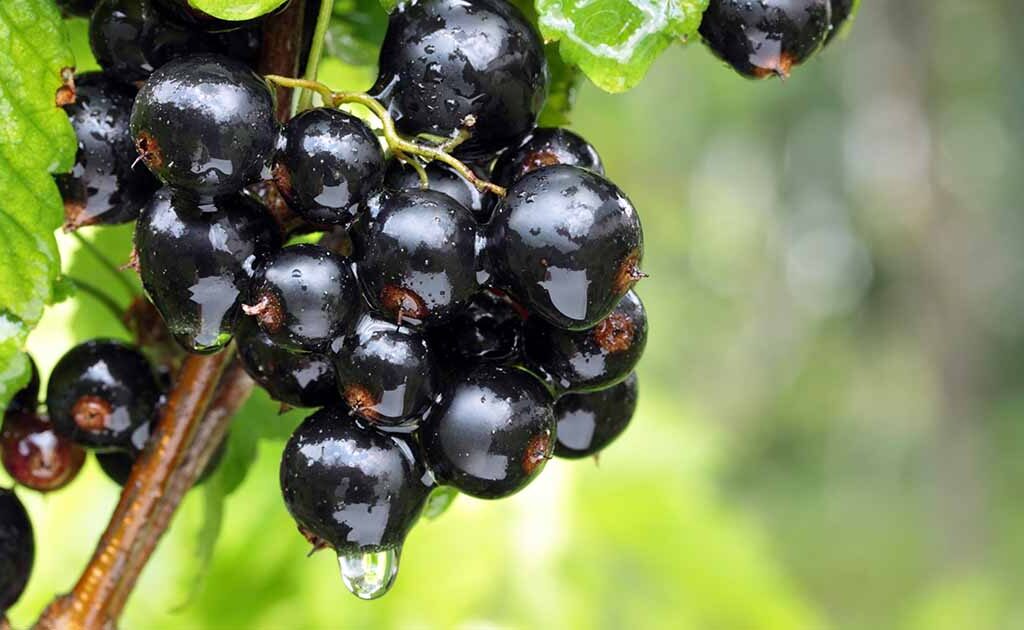
- Average Yield: 5–6 tonnes per hectare
- Total Production: Approx. 100,000+ metric tons
- Key Regions: Central Russia, Volga Region, Western Siberia
Russia is among the top five blackcurrant producers in terms of total output but lags in yield due to:
- A mix of small-scale traditional farms and larger but less modern operations.
- Minimal use of mechanization or precision farming tools.
- Harsh weather conditions in some regions limiting productivity.
Nonetheless, blackcurrants are a staple in Russian kitchens, used in preserves, teas, desserts, and medicinal extracts.
6. New Zealand – Off-Season Leader
- Average Yield: 10–12 tonnes per hectare (One of the highest globally)
- Total Production: Approx. 1,500–2,000 metric tons
- Key Regions: Canterbury, Nelson, Hawke’s Bay
New Zealand produces relatively small quantities but boasts world-leading yields thanks to:
- Rich volcanic soils and ideal off-season climate.
- Strong R&D investment, including collaboration with health science institutions.
- Export-focused production—New Zealand blackcurrants are rich in vitamin C and often marketed as superfoods.
Their blackcurrants are used in functional beverages and sports nutrition supplements in Japan, Australia, and Europe.
Key Factors Affecting Blackcurrant Yield
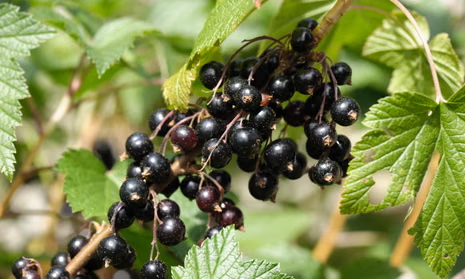
1. Climate
- Cool temperate zones with chilling hours in winter are essential.
- Excessive summer heat can reduce berry quality.
2. Soil and Irrigation
- Blackcurrants thrive in well-drained loamy soils rich in organic matter.
- Consistent irrigation during fruit development is crucial for berry size.
3. Pruning and Bush Management
- Annual pruning improves sunlight penetration and air circulation, leading to better fruit set and disease resistance.
4. Pest and Disease Control
- Common issues include currant blister aphids, mildew, and gall mites.
- Integrated pest management (IPM) practices help maintain yield without over-reliance on chemicals.
5. Modern Varieties
- Countries with access to disease-resistant and high-yield cultivars such as ‘Ben Hope,’ ‘Ben Lomond,’ and ‘Titania’ tend to have better yields.
The Rise of Organic and Sustainable Blackcurrant Farming
Sustainability is increasingly shaping the blackcurrant industry:
- Organic blackcurrants command a higher market price, especially in Western Europe.
- New Zealand and the UK are investing in climate-resilient crops and reducing pesticide use.
- Practices like intercropping, cover cropping, and composting are being adopted to improve soil health and reduce environmental impact.
What Happens After Harvest?
Blackcurrants are highly perishable and are usually processed soon after harvest. Common uses include:
- Juice and juice concentrate
- Jams, jellies, and syrups
- Desserts and confectionery
- Cosmetics and supplements (especially blackcurrant seed oil)
Exported mostly as frozen berries or processed goods, blackcurrants have carved out a niche in health and wellness markets around the world.
Future Outlook: What’s Next in Blackcurrant Farming?
- Precision agriculture is becoming more common, especially in Europe and New Zealand.
- Breeding efforts are underway to create heat-tolerant and drought-resistant cultivars.
- Demand is expected to grow in Asia-Pacific and North America, driven by interest in functional foods.
The future of blackcurrant farming will be defined by yield optimization, environmental sustainability, and the ability to tap into new health-conscious markets.
Conclusion: High Yields Reflect Innovation and Efficiency
To summarize, Poland remains the top producer of blackcurrants globally by volume, while New Zealand and the UK lead in yield per hectare due to modern technology and targeted research. Countries like Germany and France follow with strong quality-driven industries, while Russia offers scale but faces modernization challenges.
Blackcurrant farming is no longer limited to traditional practices. With the growing demand for natural antioxidants and superfoods, high-yielding farms backed by sustainable innovations will shape the future of this niche yet mighty fruit.
